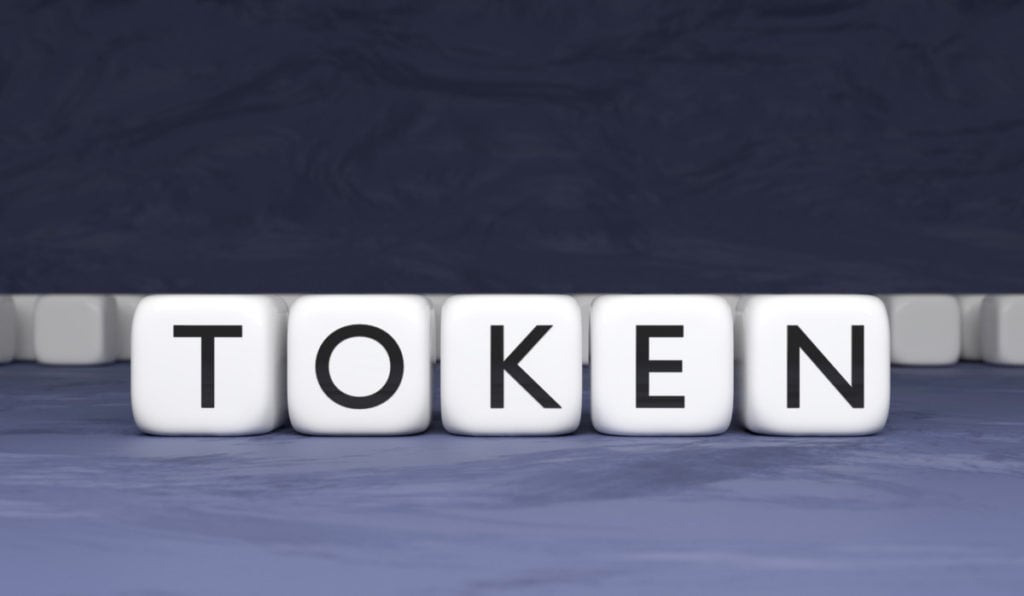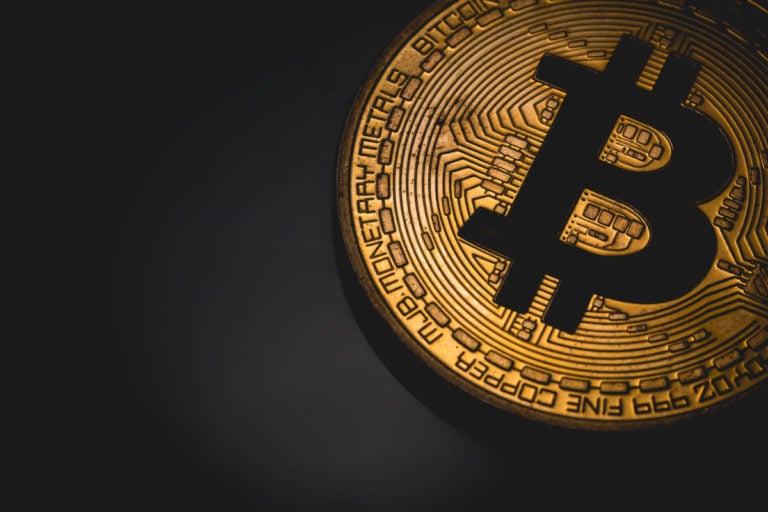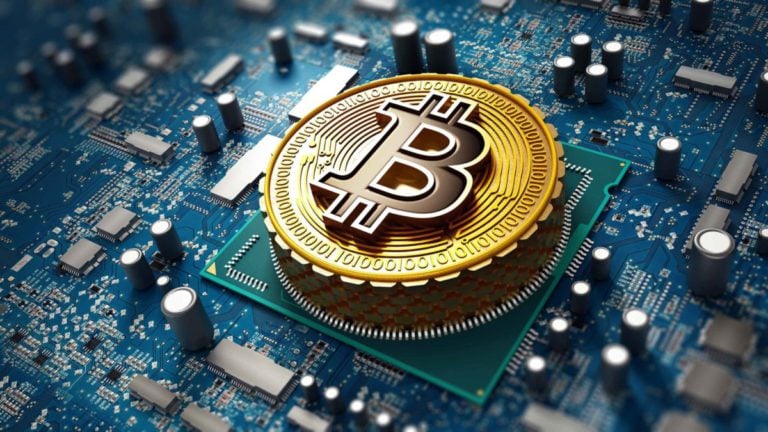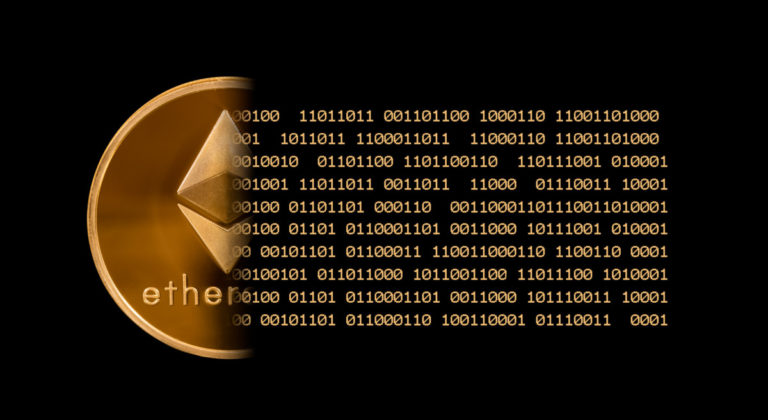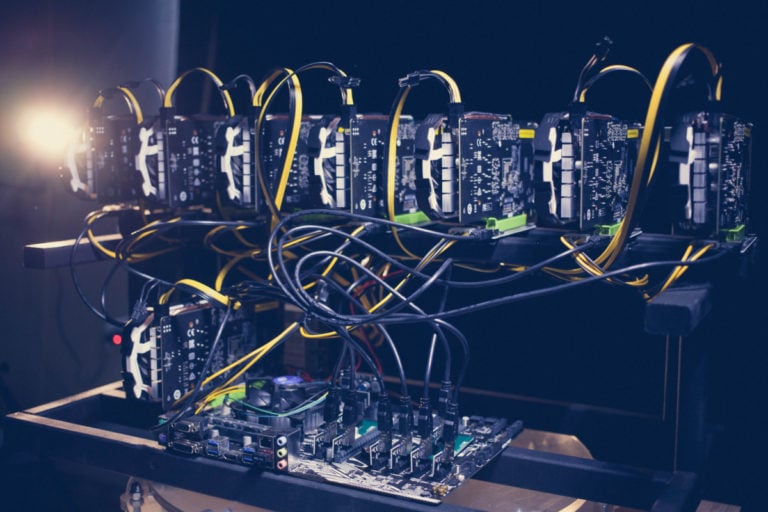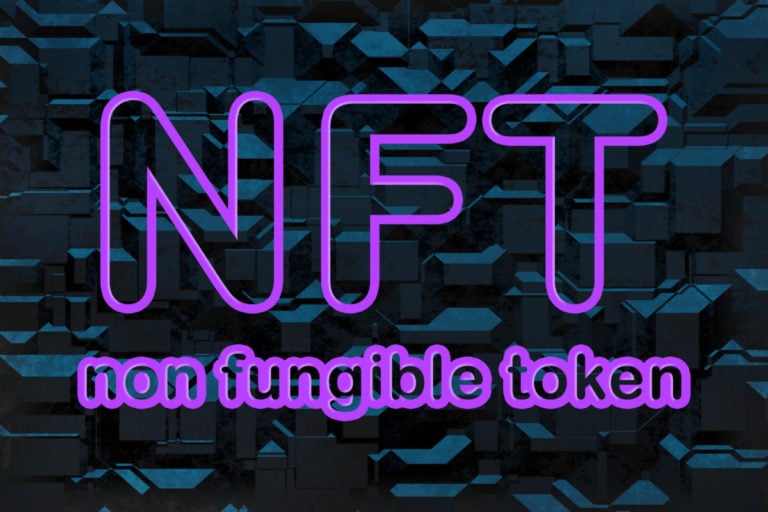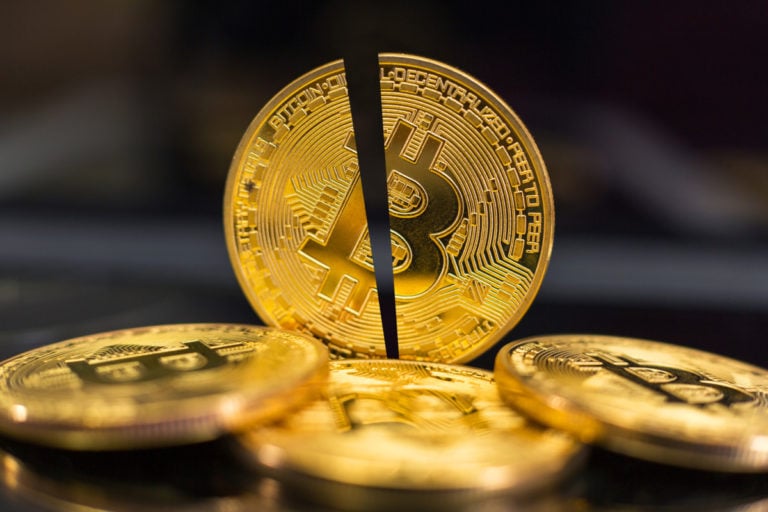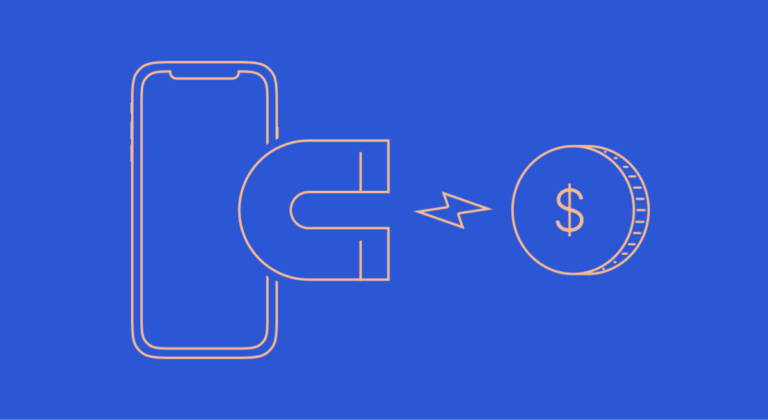In a broad sense, a token is something that does not have any value of its own, but is provided by it from the outside. Tokens, for example, are casino chips or tokens at fairs that can be exchanged for ice cream or a hot dog. Even a place in line for a new iPhone (of course, if you want to sell it) is also a token.
Today, this term is most often associated with digital security and cryptocurrencies. Here, what is most surprising, the token acts not only as a financial unit, but also as a tool to protect its owner.
And, if software encryption is a rather specific area that requires deep knowledge in computer programming, then trading tokens is, in general, a relatively simple process and it will take much less time to master it.
Actually, it is precisely with this simplicity, and also with enormous profitability with minimal investment, that Bitcoin is so popular. However, before delving into the world of stock quotes, you should understand some basic concepts and principles:
- ICO (Initial coin offering) is the process of “birth” of a token. The company creates and releases these virtual chips on the market in order to attract potential investors, that is, people who believe in the future success of this or that startup;
- Blockchain is a kind of virtual ledger or ledger accessible to registered users that stores information about participants, their assets, transactions, etc. In fact, it is a chain of servers that store data;
- UTXO (Unspent Transaction Output) is, figuratively speaking, change from completed transactions. Tokens do not have a common denomination and each of them costs differently. For example, having 100 Bitcoins in a virtual wallet should not be treated as a separate bill like $100. In fact, this is the sum of several tokens with a face value of, say, 25 + 35 + 30 BTC (Bitcoin);
- Smart contract – it is in it that the function of the encryption token is implemented. This is a software algorithm that spells out the conditions, functions, obligations of the parties to the transaction, as well as sanctions for its failure;
- Mining is the process of “mining” cryptocurrency, only here, instead of mining equipment, the power of your PC is used. By and large, the user simply provides his computer for software computing and receives a reward in the form of crypto money for this.
It is also important for beginners to understand the difference between a token and a coin. The first performs the function of security, that is, it acts as a guarantor of the execution of transactions, confirming the reliability of the company that issued it. The second is a means for expressing the value of the token. In the real world, this is well illustrated by the example of fiat currencies: gold reserves and a sound government serve as a guarantor to back notes and coins. All of them are items for sale. To do this, various exchanges were created that trade various types of currencies.
The situation is similar in the virtual world and the variety of currencies in it is much greater.
Types of tokens in the cryptocurrency system
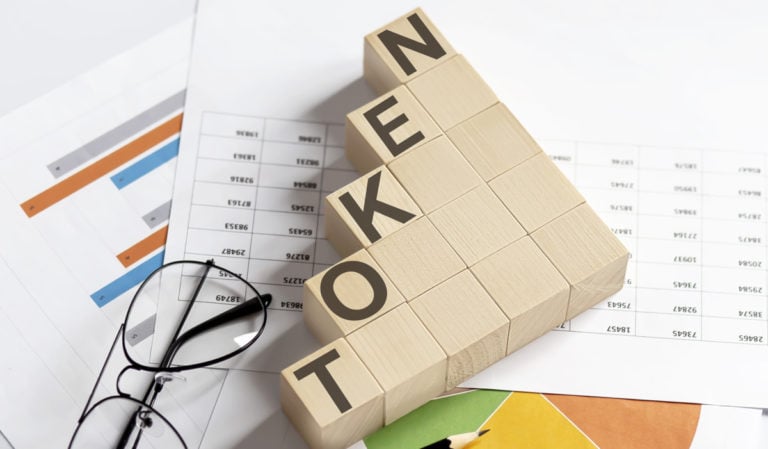
There are many different types of coins or tokens interacting under the hood of the blockchain system. And, of course, some of them work as digital tools for making payments. However, there are entire classes of tokens that are used for other purposes, such as paying for certain services, voting on proposals, acquiring a stake in a company, or even verifying one’s identity.
Each of these use cases leads to completely different outcomes, changing the value, utility, and overall economics of a particular token. It is extremely important for investors to understand the differences between their types in order to make the right decisions. And exchange operators and other market makers need to consider the possible impact that different types of tokens will have on the volume of trading and transactions, and, accordingly, prepare to support different types of currencies.
In general, crypto-tokens fall into two subcategories:
- interchangeable
- not interchangeable.
Fungible Tokens
Fungibility is understood as the position of a certain token on a scale from unique to indistinguishable, that is, not standing out among others of its kind. For a token to be useful as a currency, loan, or peer-to-peer exchange, it must be virtually indistinguishable from other tokens in its ecosystem. For example, Bitcoin is Bitcoin. One Bitcoin is not more valuable or more unusual than another. If this were not the case, it would undermine the entire economic system of Bitcoin, because you would not be able to exchange them freely.
Fiat currencies are also fungible. The euro is the euro, no matter where the coin was minted, who owned it before you, or which EU country you are in. It has a permanent value and can be exchanged without any difficulty. Fungibility is what makes a currency useful. If each euro was unique and had a different market value, transactions would take much longer because the merchant would have to check the history and current value of the euro you just handed him. Fungible tokens work the same way. Therefore, when mentioning cryptocurrencies, first of all, the question of solvency comes to mind.
Payment tokens
Bitcoin is a prime example of a payment token. It is used for transactions between parties instead of or in conjunction with traditional fiat currencies.
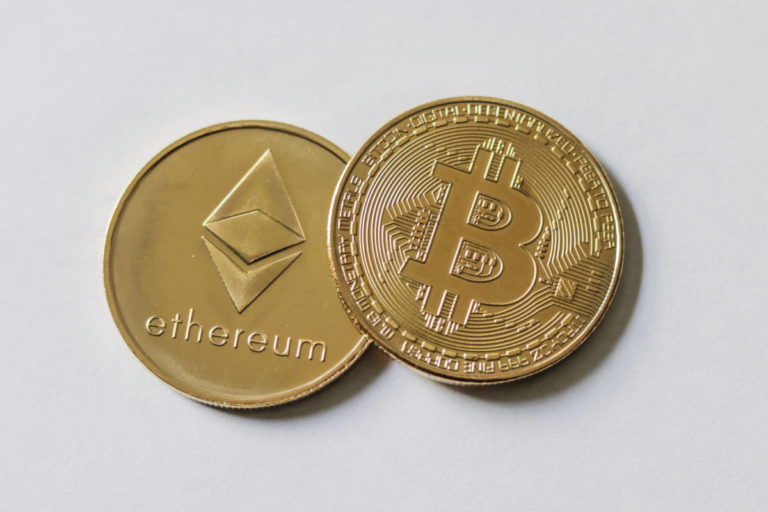
Its identical counterparts are Litecoin, Dash and Bitcoin Cash. All of these tokens have one simple purpose: to allow us to pay for something in the real world with digital currency. Monero and Zcash are also payment tokens, although they are more privacy-friendly than the public UTXO blockchains.
The value of payment tokens directly depends on the number of people who want to use them and the number of merchants who accept them. Since these tokens are intended for the purchase of real goods, they are clearly not an investment vehicle. However, their deficit is larger than that of fiat currencies, and they have great potential for growth.
Utility or product tokens
This is another of the most common subspecies of fungible tokens. They work on the same principle as arcade computer toys: in order to continue playing and do it successfully, you need to earn credits.
What is a Druid token
One of the clearest examples of this use is the Hearthstone gaming platform and its so-called “Token Druids”.
In the process of passing through different levels of the game, the character of the participant must have certain skills in order to defeat the opponent. It is possible to “pump” it instantly, simply by purchasing the necessary abilities. But often it costs a lot even for a computer game. Or for “pumping” you can use free or very cheap Druids, which are over-represented on the in-game market. Thus, the result will be achieved with minimal investment and risk, but over a longer period.
Similarly, utility tokens power the blockchain, and you can use them for profit.
Product tokens are also called so because they are developed and issued for a specific product, business idea. It is a crowdfunding tool for startups.
Ethereum, the token of the Ethereum platform, is the most well-known utility token. You can use ETH to pay for the execution of smart contracts on this network. Many people use Ethereum to make payments, but its main task is to ensure the operation of contracts and decentralized applications of the DAO platform running on Ethereum.
Security tokens
After scrutiny by utility token regulators in 2018, many ICOs have decided to go public about what they actually do: raise money by offering tradable securities.
Traditionally, we think of traded securities as stocks. Ordinary investors can buy shares of any company. If the value of this company grows, so does the value of the shares, and investors make money. However, this type of fractional ownership is not applicable to cryptocurrencies. Yes, most crypto investors expect its value to rise. But they do not own shares in the company as a whole. In fact, when you invest in a token, you do not become a co-owner.
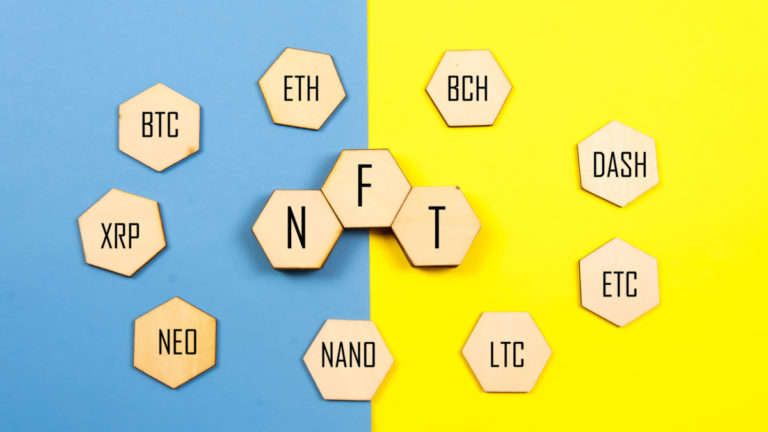
The standard for determining whether a token is secure or product is called the Howey test in the US. Other regulators around the world follow a similar rule: if a transaction involves monies invested in a conventional enterprise and the investor expects to make a profit on the investment but does not do any work, then it is investment safety. This means that the tokens in question are investment or safe. Therefore, declaring a token as a security for its creator implies a number of rules:
- Required to submit documents, track the identity of the investor and report compliance for each country in which the ICO is planned;
- Investors should also be warned that they are speculating on the value of the securities traded and that investments involve risk.
Non-fungible tokens
Irreplaceability means that each token is unique. Hence, there is no standard value for it and you cannot always exchange one token for another equally. Instead, each represents unique information about the owner.
Non-fungible tokens are suitable wherever ownership or identity needs to be proven. They fall under a completely different protocol and structure for their creation. Even based on source code, non-fungible tokens are different from their fungible counterparts.
Perhaps the easiest way to understand how fungible tokens work and what problems they solve is to look at a few examples.
Certification
Certification is probably the main application for non-fungible tokens. We can use them to confirm the origin of a document, piece of data, or even a physical object in the real world. Since blockchain tokens cannot be copied or spent twice, this ensures that they cannot be counterfeited.
For example, you can create a non-fungible token for a work of art in the real world. It then becomes the official certificate of authenticity.
One can imagine a future where land records are stored on a blockchain and ownership is the possession of a token that corresponds to the land you own.
Digital identification
Another valuable application of non-fungible tokens is digital identity. You will not be able to trade Identity Tokens, but you will be able to share the UTXO of their issue with anyone who wants to verify your identity on the blockchain.
For example, the hospital where you were born can issue you a birth certificate in the form of a digital token to a personal wallet. Later, the government will issue an identity card to the same address, and so on.
Each of these tokens will exist digitally on a universal blockchain, but they will belong to you and act as an identifier or “key”.
